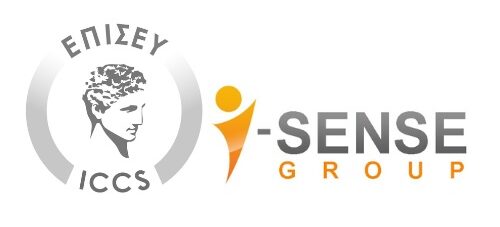Luminance distribution measurements with high dynamic range (HDR) are required for various applications (e.g. measurement of new LED- or laser-based car headlights, obtrusive light and glare evaluation of indoor and outdoor scenes) where high contrast levels exist simultaneously in one image. Imaging luminance measurement devices (ILMD) and, red, green, blue (RGB)-based cameras are often used for such assessments due to their cost-effectiveness. HDR measurements are then achieved by post-processing image sequences, but standardisation and uncertainty statements are usually absent, which makes it impossible to fully explore the potential and limits of these systems. This project aims to develop SI-traceable procedures for using HDR imaging measurement systems in luminance distribution measurements, standardise the determination of the instrument performance, including associated uncertainties, and select an HDR algorithm adequate for SI-traceable luminance measurements. This is expected to support relevant legislations on glare and obtrusive light mitigation with traceable and trustable field based HDR luminance measurements, contribute to a proper assessment of lighting installations regarding safety and comfort from glare and obtrusive light sources, and increase safety levels in streets suffering from glare from lighting installations.
The overall goal of this project is to enable the traceability and characterisation of HDR imaging luminance systems, and to support the standardisation of luminance distribution measurement methods, which are required for glare, light pollution, and other lighting assessments. This will involve developing HDR luminance standards required for the characterisation of HDR imaging measurement systems and developing metrics and guidelines for the determination of the associated uncertainties.


